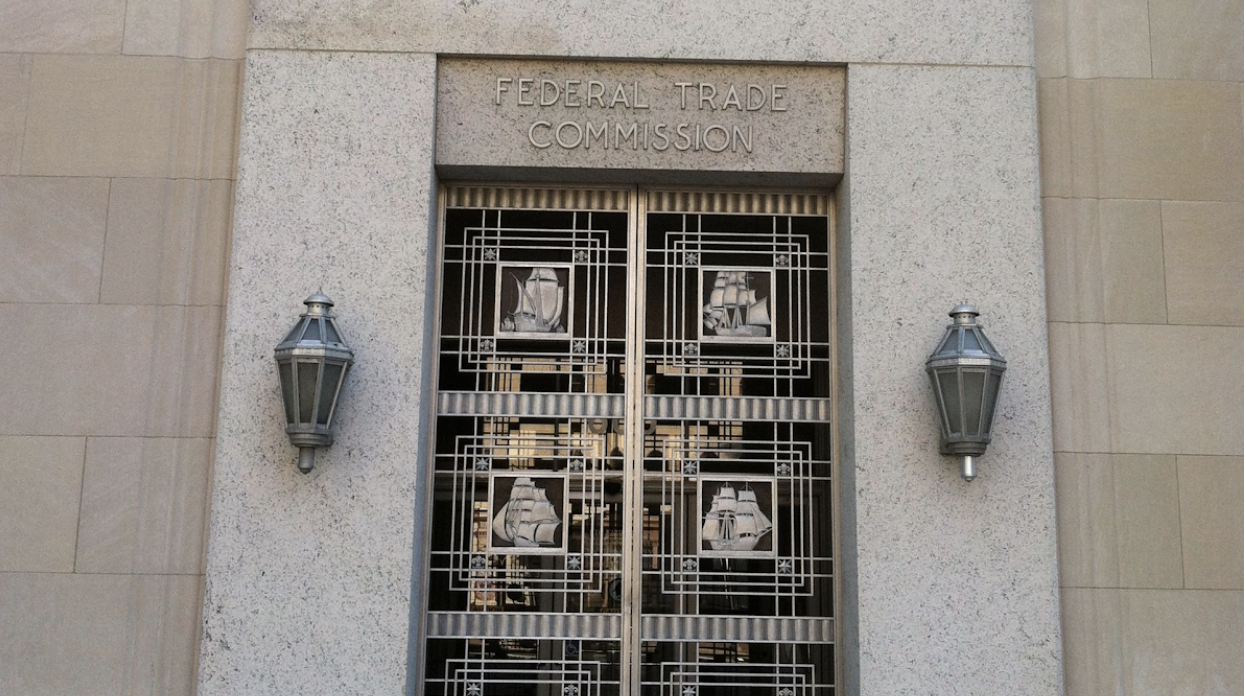Every now and again, the Federal Trade Commission (FTC) will force a company to divest a business. The FTC does this to restore or maintain competition in a market. A subtle aspect of FTC action from an investor perspective is that it tends to be a reliable sign of a consolidating market. Andvari gravitates towards consolidating markets because they can provide outsized investment returns. Thus, FTC actions are something we review and monitor.
Two for One
Within a single FTC-forced divestiture, there’s potential to examine not one, but two investment opportunities. One is the company that must sell. If it was dominant enough to merit an FTC action, it's likely to remain the dominant one in its market post-divestiture. The other is the acquiring company because it might be picking up a high-quality asset at a cheap price. The forced nature of the sale is likely to make the price cheaper than it might be in market-driven environments (and, in reality, these types of assets would not come up for sale otherwise). In both cases, the forced divestiture can be fertile ground for finding excellent businesses.
A Live Example
A recent forced divestiture involving Danaher’s $21.4B acquisition of GE Biopharma illustrates this idea nicely. The FTC alleged the acquisition would substantially reduce competition for ten products used to manufacture biopharmaceutical drugs. For the FTC to approve the acquisition of GE’s Biopharma business, Danaher needed to sell these ten product lines. Without this forced divestiture, competition would have been reduced from three suppliers to two in most cases. Fair enough.
Sartorius AG stepped up to buy the ten product lines off Danaher. Although the FTC provided details on the high levels of concentration in the life sciences markets, Sartorius provided a straightforward chart showing the three main players in five different verticals for biopharma equipment.
Free Insights Thanks to the FTC
The chart provides substantial context. Knowing the top players in a market allows Andvari to perform deeper due diligence on an opportunity set. For example, Thermo Fisher is a top player in 3 of the 5 markets depicted in the chart above. After reviewing the history of Thermo, Andvari learned they bought Life Technologies in 2014 for $13.6 billion. The FTC intervened, saying extreme market concentration would result from the combination of Thermo and Life (emphasis Andvari’s):
"The FTC alleges that the combined company would have a share of more than 50 percent of the worldwide market for individual siRNA reagents, and greater than 90 percent of the market for siRNA reagent libraries. Post-acquisition, Thermo Fisher would have at least a 50 percent share of the worldwide market for cell culture media, and 60 percent of the market for cell culture sera.
As a deal condition, the FTC forced Thermo to sell three business lines in 2014 (gene modulation, cell culture media, and cell culture sera) to GE Healthcare. Two of these business lines eventually found their way to Danaher via their purchase of GE’s Biopharma business in 2020. Around we go. Understanding the top players of an industry, how businesses have changed hands over time, and gleaning market share information via the FTC, are key parts of Andvari’s investment process. In the case of the assets that have traded hands between Thermo, GE, and Danaher, even if they aren't high quality (unlikely), we at least know they have retained a high degree of market share over the years.
Andvari's Takeaway
Looking at the long-term performance charts of Danaher and Sartorius (below), it's easy to see why Andvari seeks out companies in consolidating markets. Fewer companies in a market means less competition on price. It means elimination of redundant expenses. This in turn leads to higher margins for companies remaining in that market. It could also mean the company redeploys those cost savings into development of new products, which will lead to higher sales. These factors all tend to lead to improved investment returns over time.
Sartorius vs. S&P 500
Danaher vs. S&P 500
-
_________
--
ANDVARI NEWSLETTER
Once every two weeks, Andvari shares insights on great companies, exceptional leaders in business, and related topics in a digestible email format. Click here to sign-up.
-
IMPORTANT DISCLOSURE AND DISCLAIMERS
Investment strategies managed by Andvari Associates LLC ("Andvari") may have a position in the securities or assets discussed in this article. Andvari may re-evaluate its holdings in such positions and sell or cover certain positions without notice.
This document and the information contained herein are for educational and informational purposes only and do not constitute, and should not be construed as, an offer to sell, or a solicitation of an offer to buy, any securities or related financial instruments. This document contains information and views as of the date indicated and such information and views are subject to change without notice. Andvari has no duty or obligation to update the information contained herein. Past investment performance is not an indication of future results. Full Disclaimer.
© 2020 Andvari Associates LLC


